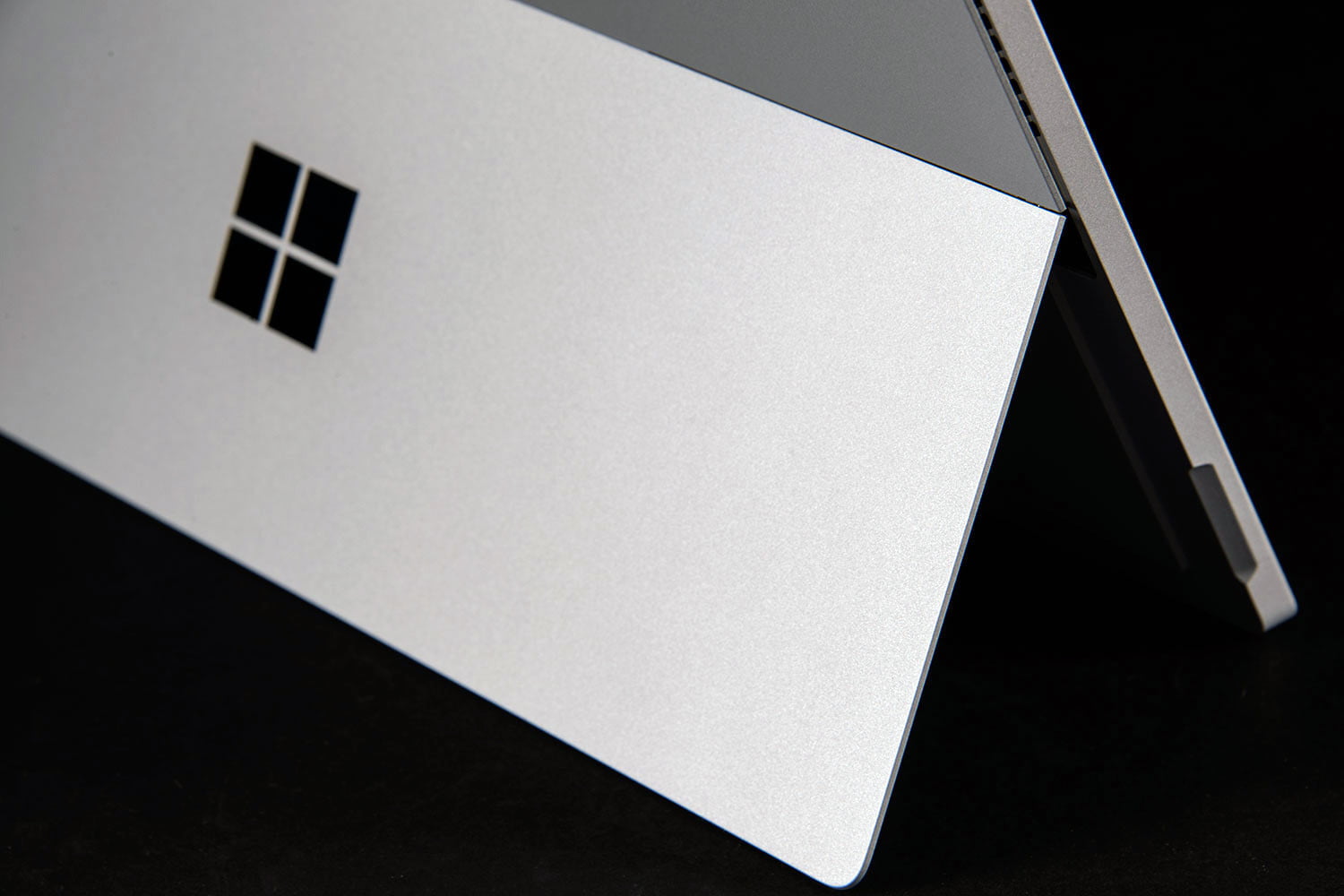
Updating your machine to the latest version of Microsoft’s Windows 10 operating system only to discover that your files have been permanently deleted is nothing short of a nightmare. Unfortunately, the Redmond, Washington tech giant has been consistently running into such problems when deploying critical updates; from quality control issues to delays, Windows 10 hasn’t been basking in a positive light. A recent post from Michael Fortin, corporate vice president of Windows, notes the complexity of updating an operating system on such a large scale, in addition to quality control markers that are already set in place.
The massive rollout that was the October 2018 Update for Windows 10 was nothing short of a blunder for a company as sweeping as Microsoft. With reports of severe data loss by users who downloaded the fall update, Microsoft paused the rollout after only two days. Windows users who had adjusted the location of specific folders found their data completely wiped from their drives. Without a proper backup, the information was lost — a grave failure for a critical update.
Fortin has been reassuring users that Microsoft takes every bit of feedback from its customer base seriously — even if an issue has only been reported by a single user. Testing in Redmond is partially achieved by implementing what the company calls a “self-host” culture in which employees who are working on Windows are required to run the latest version of the operating system to seek out bugs and other issues first-hand. Additionally, Microsoft notes that testing goes far beyond the walls of the company itself — new updates undergo external testing at labs as well.
As new updates continue to roll out, Microsoft uses its systems and feedback from the customer service team to keep an eye on the latest information from users in the field. Microsoft also notes that customer incidents have been steadily declining over time since Windows 10’s initial launch.
While Fortin provided an overview of Microsoft’s Windows 10 update, he didn’t necessarily outline how the company will prevent such issues from popping up again. All of the quality systems that Fortin notes have apparently been in place and yet failed to capture Windows 10’s issues.
Editors' Recommendations
- Windows 11 tips and tricks: 8 hidden settings you need to try
- Windows 11 vs. Windows 10: finally time to upgrade?
- Beware! The latest Windows 11 update might crash your PC
- Microsoft may fix the most frustrating thing about Windows updates
- 7 beloved Windows apps that Microsoft has killed over the years


